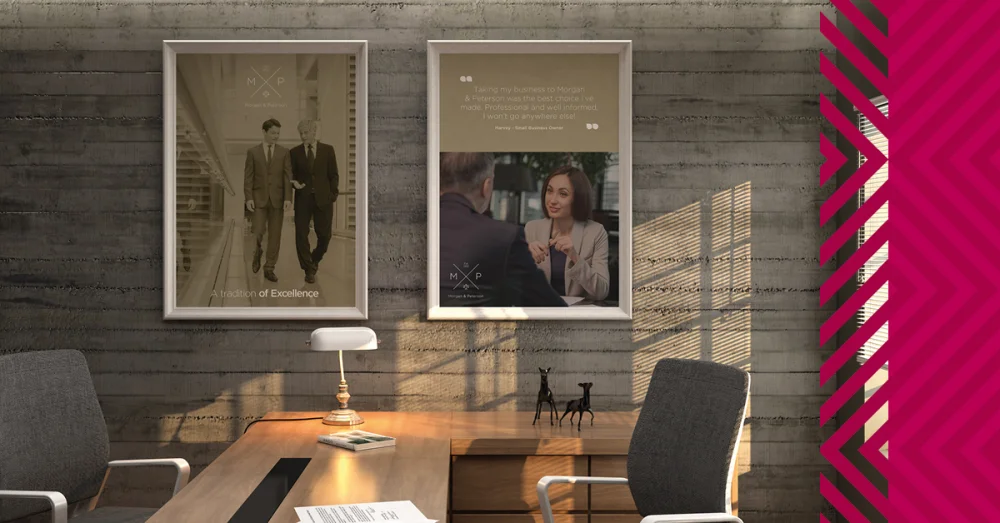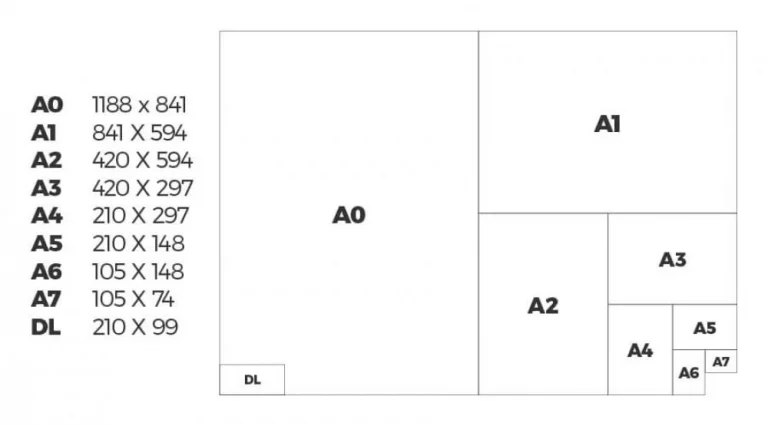Menu
Menu

Posters are a fantastic way to convey a message, promote an event, or showcase artwork. They are a versatile marketing tool and can be used for a range of applications. However, when it comes to creating posters, it’s important to understand the different standard sizes and their applications. This article will guide you through the most common poster sizes, the standard size in Australia, the benefits of posters, tips for designing posters, and the paper stock you should use.
The most common poster sizes are A0, A1, A2, A3, and A4. These sizes are standardised across the world and are commonly used in printing.

The standard poster size in Australia follows the international A-series standard sizes. The most common sizes used in Australia are A0, A1, A2, A3 and A4. However, other sizes such as B-series or custom sizes can also be used.
Posters have many benefits for businesses and organisations. They are a cost-effective way to advertise products, services, events, and promotions. Posters can be placed in high-traffic areas, such as shopping centres, train stations, or bus stops, to increase exposure and attract potential customers. They can also be used to promote social causes or raise awareness of important issues.
Posters are also an excellent tool for educational purposes. They can be used to explain complex concepts, showcase artwork, or display important information. Posters are commonly used in schools, universities, and museums.
Designing an effective poster requires careful planning and attention to detail. Here are some tips to help you create a successful poster:
Get started with our range of standard paper size templates.
The paper stock you choose for your poster will depend on its purpose and the design. Here are some common paper stocks used for posters:
By selecting the appropriate size, paper stock, and design elements, you can create a poster that effectively conveys your message and captures the attention of your target audience. Whether it’s for advertising, education, or art, a well-designed poster can make a significant impact and leave a lasting impression.
Our design and print experts have created hundreds of posters for businesses all across Australia. Talk to your local Worldwide Centre today about how we can help you!
"*" indicates required fields